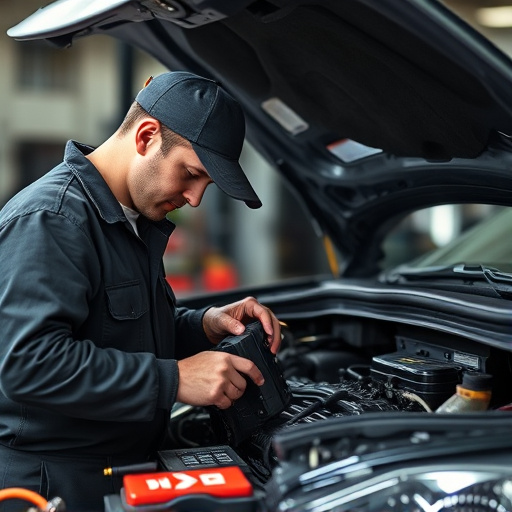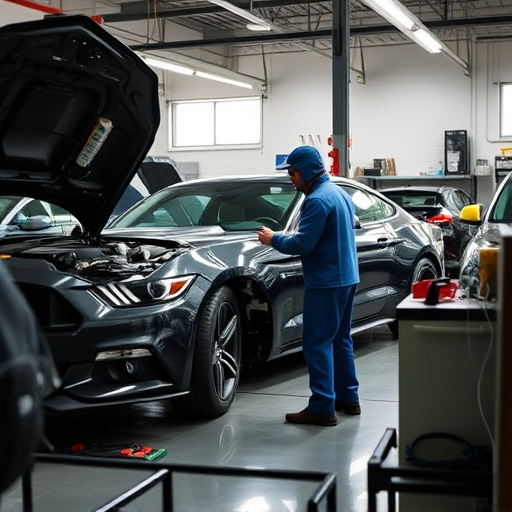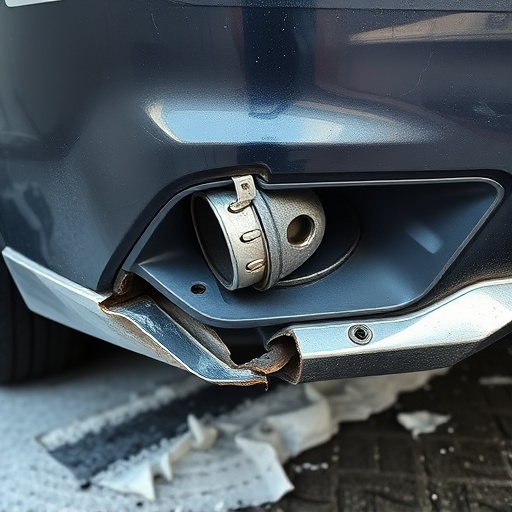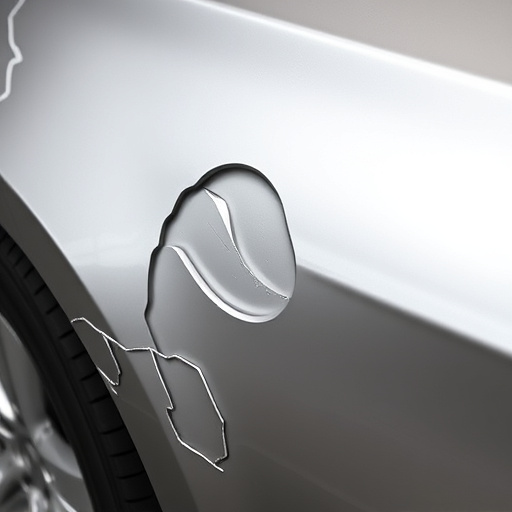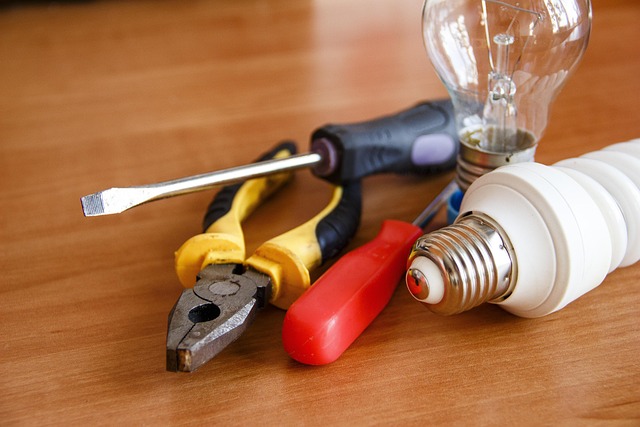Tesla performance calibration is a vital process that fine-tunes thermal and battery management systems, significantly enhancing vehicle efficiency, driving dynamics (acceleration, range), and stability under varying conditions. For body shop professionals repairing Teslas, understanding this process is critical to meet Tesla's high standards while preserving the car's integrity and improving its overall driving experience. Advanced calibration techniques unlock the full potential of Teslas by meticulously adjusting sensors and modules for optimal power delivery, temperature regulation, and battery longevity, thus reducing the need for auto body repairs.
“Tesla vehicles are renowned for their cutting-edge technology, but optimal performance relies on precise Tesla performance calibration, especially regarding thermal and battery management systems. This intricate process fine-tunes the vehicle’s response, ensuring efficient power delivery and extended battery life.
In this article, we’ll explore the significance of these management systems in achieving peak Tesla performance calibration. We’ll delve into advanced techniques that enhance vehicle dynamics, offering a deeper understanding of how to optimize Tesla models for improved speed, range, and overall driving experience.”
- Understanding Tesla Performance Calibration
- The Role of Thermal and Battery Management Systems in Performance Calibration
- Optimizing Tesla Vehicles through Advanced Calibration Techniques
Understanding Tesla Performance Calibration

Tesla performance calibration is a sophisticated process that fine-tunes the vehicle’s thermal and battery management systems to achieve optimal efficiency and driving dynamics. It involves meticulously adjusting various parameters within the electric car’s complex network, ensuring seamless integration between power output, temperature regulation, and energy storage. This calibration plays a pivotal role in enhancing overall vehicle performance, particularly in terms of acceleration, range, and stability under diverse driving conditions.
For those seeking to modify or repair their Tesla at a specialized facility like a vehicle body shop or collision repair center, understanding this calibration process is key. Professionals in these centers must possess the expertise to recognize and implement precise adjustments, ensuring any modifications adhere to Tesla’s stringent performance standards. This precision is vital to maintaining the car’s original integrity while unlocking its full potential, resulting in an exhilarating driving experience.
The Role of Thermal and Battery Management Systems in Performance Calibration

Thermal and Battery Management Systems (TBMS) play a pivotal role in achieving optimal Tesla performance calibration. These systems are responsible for regulating the vehicle’s internal temperature, ensuring both efficiency and longevity of the battery pack—a critical component for electric vehicle (EV) performance. By carefully managing heat dissipation and distribution within the battery, TBMS optimizes power output, extends battery life, and maintains consistent energy delivery. This, in turn, enhances overall Tesla performance calibration, providing drivers with a smoother, more responsive driving experience.
In the context of auto maintenance, proper TBMS function is as crucial as regular body shop services or fender repair for conventional vehicles. It ensures that the EV’s power train operates within safe temperature thresholds, preventing premature degradation of battery cells. Through sophisticated sensors and control algorithms, these systems monitor conditions in real-time, making necessary adjustments to maintain optimal performance. As such, understanding and calibrating TBMS is essential for maximizing Tesla performance and ensuring long-term reliability.
Optimizing Tesla Vehicles through Advanced Calibration Techniques

Optimizing Tesla vehicles’ performance through advanced calibration techniques is a game-changer for automotive enthusiasts and professionals alike. By meticulously adjusting thermal and battery management systems, engineers can unlock hidden potential, enhancing both power delivery and overall efficiency. This process involves precise tuning of various sensors and control modules, ensuring the vehicle operates at peak conditions under all circumstances.
Advanced calibration methods allow for tailored adjustments to suit different driving styles and environments. For instance, customizing settings for acceleration response, regenerative braking, and temperature regulation can significantly improve the driving experience. Moreover, these techniques contribute to prolonging battery health by optimizing charging and cooling processes, which is particularly crucial for electric vehicles. This not only enhances performance but also reduces the need for frequent auto body repair or bumper repair, as optimal system management minimizes damage from extreme conditions.
Tesla performance calibration, particularly focusing on thermal and battery management systems, is a key strategy for optimizing vehicle efficiency. By understanding the intricate interplay between these systems, enthusiasts can fine-tune their Tesla’s performance, enhancing both speed and longevity. Advanced calibration techniques enable tailored adjustments, leading to improved driving dynamics and battery health. This tailored approach to Tesla performance calibration showcases the potential for owners to create a unique and personalized driving experience while ensuring optimal vehicle management.



